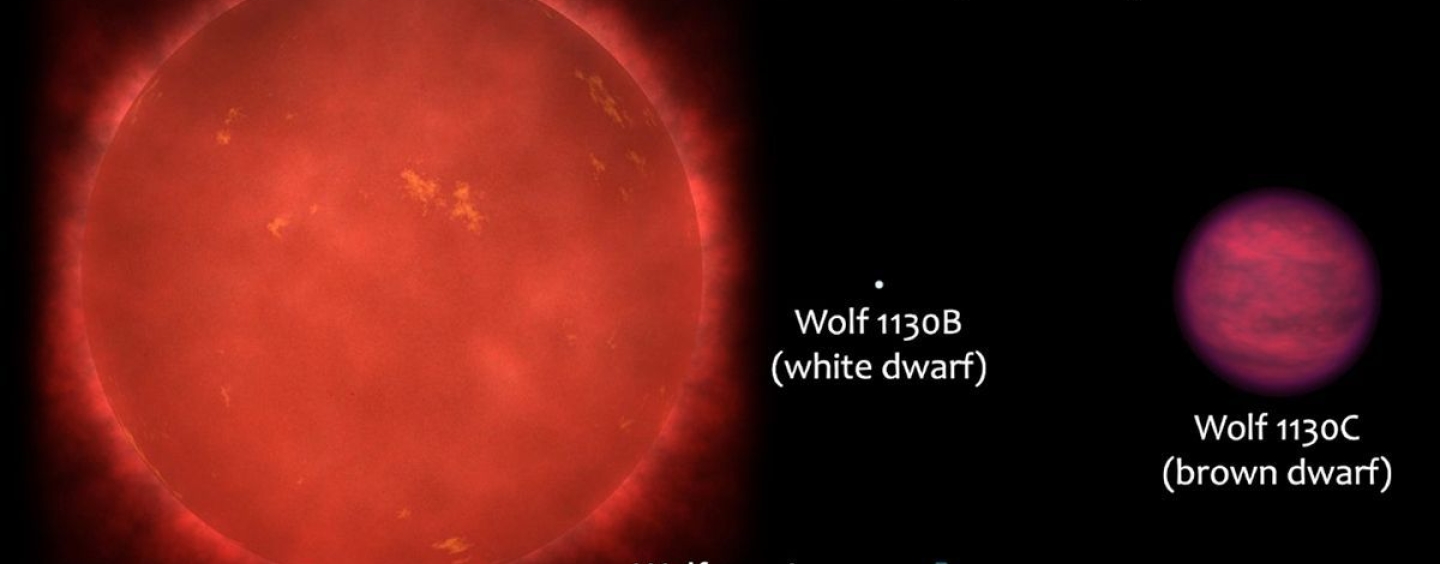Prof. Eileen Gonzales part of team that detected the molecule phosphine in the atmosphere of a brown dwarf!

From the article:
"Phosphorus is one of six key elements necessary for life on Earth. When combined with hydrogen, phosphorus forms the molecule phosphine (PH3), an explosive, highly toxic gas. Found in the atmospheres of the gas giant planets Jupiter and Saturn, phosphine has long been recognized as a possible biosignature for anaerobic life, as there are few natural sources of this gas in the atmospheres of terrestrial planets. On Earth, phosphine is a byproduct of decaying organic swamp matter."
"Now a team of researchers, led by University of California San Diego Professor of Astronomy and Astrophysics Adam Burgasser, has reported the detection of phosphine in the atmosphere of a cool, ancient brown dwarf named Wolf 1130C. Their work appears in Science."
"Unlike other brown dwarfs, the team easily spotted phosphine in JWST’s infrared spectral data of Wolf 1130C. To fully understand the implications of their findings, they needed to quantify the abundance of this gas in Wolf 1130C's atmosphere. This was done by Assistant Professor of Astronomy at San Francisco State University Eileen Gonzales, also a co-author on the study."
“To determine the abundances of molecules in Wolf 1130C, I used a modeling technique known as atmospheric retrievals," explained Gonzales. "This technique uses the JWST data to back out how much of each molecular gas species should be in the atmosphere. It’s like reverse engineering a really delicious cookie when the chef wouldn’t give up the recipe.”
Citation: "Detection of Phosphine in a Brown Dwarf Atmosphere Raises More Questions" by Michelle Franklin in UC San Diego Today
Link to full article: https://today.ucsd.edu/story/detection-phosphine-brown-dwarf?fbclid=IwY…